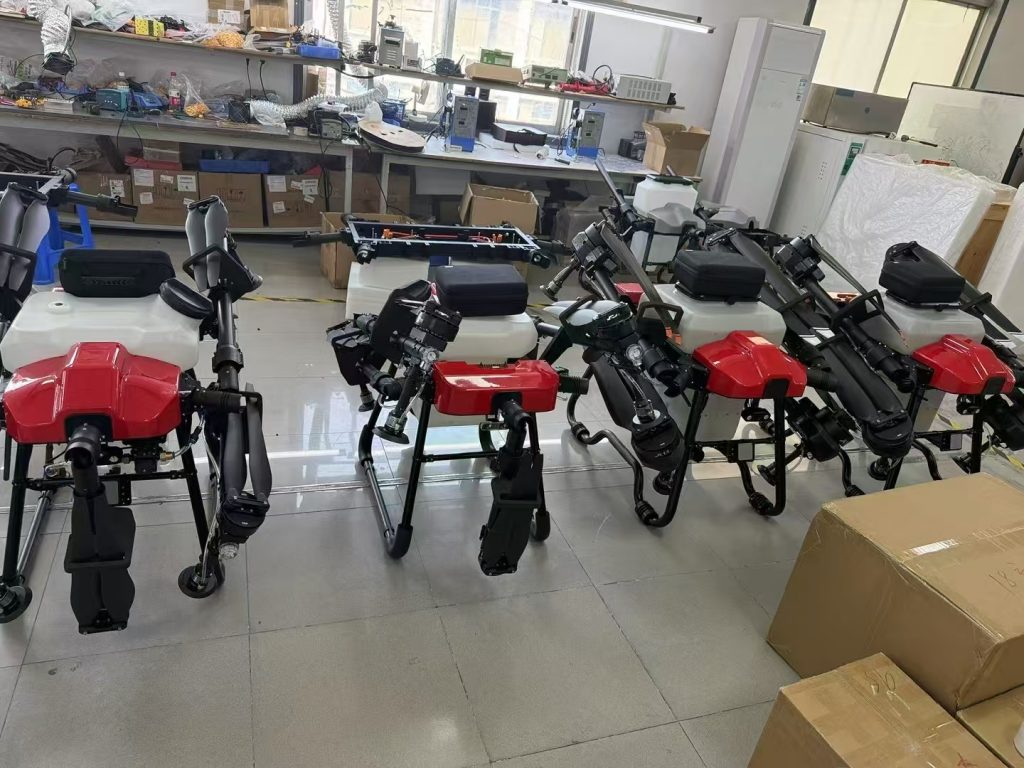
Across the world’s breadbaskets—Brazil’s soybean savannas, the U.S. Midwest’s corn belts, India’s rice paddies, and Australia’s wheat plains—farmers face a shared dilemma: how to protect vast, uniform fields efficiently without sacrificing sustainability or profitability. Traditional spraying methods—tractor-mounted booms, manual crews, or manned aircraft—struggle with scale: they’re slow, wasteful, and increasingly incompatible with labor shortages, climate volatility, and tightening environmental regulations.
Enter large field spraying drones: heavy-duty unmanned aerial vehicles (UAVs) engineered to dominate the acres, delivering targeted pesticide, herbicide, and fertilizer applications with speed, precision, and minimal environmental impact. These machines are not just scaled-up versions of smaller orchard drones—they’re purpose-built to solve the unique challenges of mega-farms, where “covering ground” is as critical as “doing it right.”
Why Large Fields Demand a Drone Revolution
Conventional spraying for large fields is a paradox: it’s designed for scale but plagued by inefficiency. Let’s break down the flaws:
1. Tractor Sprayers: Slow, Costly, and Soil-Damaging
Tractors can cover 20–30 acres per hour—but they require prepared fields, compact soil, and hours of labor. In wet seasons, they get stuck; in dry seasons, they kick up dust that clogs sprayers. Worse, they apply chemicals uniformly, wasting 30–50% on healthy plants.
2. Manned Aircraft: Fast but Imprecise
Crop dusters can spray 1,000 acres in an hour—but they lack ground-level precision. Wind drift causes 20–40% of chemicals to miss targets, contaminating neighboring fields or waterways. For large farms growing high-value commodities (e.g., corn for ethanol), this waste hits profits hard.
3. Manual Spraying: Impossible at Scale
Hiring crews to spray 10,000 acres is logistically nightmarish. It takes weeks, risks worker exposure to toxins, and is often unaffordable for farmers already squeezed by low commodity prices.
4. Environmental and Regulatory Pressure
Governments worldwide are cracking down on agricultural runoff (a leading cause of ocean dead zones) and pesticide residue. Consumers demand “cleaner” food, and investors penalize farms with poor sustainability scores. Large fields need a solution that’s fast, targeted, and planet-friendly—and drones deliver.
Core Technologies: How Large Field Drones Master Scale
Large field spraying drones are marvels of engineering, combining rugged hardware with AI-driven software to dominate vast landscapes. Here’s what makes them work:
1. Sensing & Mapping: Charting the Field for Precision
Before a drone sprays, it must understand the field. Large field drones use:
-
Multispectral/Hyperspectral Cameras: These capture light across 10–100+ wavelengths, creating NDVI (Normalized Difference Vegetation Index) maps that highlight stressed plants (pests, diseases, drought). For a 10,000-acre soybean field, this means identifying 500 acres needing treatment—instead of spraying all 10,000.
-
LiDAR (Light Detection and Ranging): Laser pulses generate 3D elevation models of the field, mapping dips, hills, and rock outcrops. This ensures drones maintain consistent altitude and avoid collisions—even in uneven terrain.
-
Soil Moisture Sensors: Integrated into drones or ground stations, these detect dry spots where crops are more vulnerable to pests. The drone adjusts spray volume to hydrate and protect these areas.
Real Data: A Kansas wheat farm used LiDAR-enabled drones to map soil compaction. The drones identified 20% of the field where compaction was limiting root growth—spraying only those zones with a targeted nutrient solution boosted yields by 18%.
2. Navigation & Flight Control: Conquering Vastness
Large fields demand unerring accuracy and speed. Drones achieve this with:
-
RTK-GPS (Real-Time Kinematic Global Positioning System): Provides centimeter-level accuracy, ensuring drones follow pre-programmed “grid” patterns without drifting. For a 500-acre corn field, this means every row is sprayed evenly—no missed spots, no over-application.
-
Vision-Based Collision Avoidance: Forward-facing cameras and radar detect obstacles like trees, power lines, or even wildlife. Drones slow, hover, or adjust course in real time—critical for fields bordered by forests or rural roads.
-
Swarm Intelligence: Large fields require fleets of drones working in tandem. AI divides the field into 10–20 acre “cells,” assigns each drone a cell, and coordinates flight paths to avoid collisions. A swarm of 20 drones can spray 10,000 acres in a single day—equivalent to 50 tractor passes or 100 manual laborers.
3. Spraying Systems: Targeted Delivery for Mega-Acres
The heart of a large field drone is its variable-rate spraying (VRT) system, optimized for speed and efficiency:
-
High-Output Nozzles: Unlike orchard drones (which use micro-droplets for canopy penetration), large field drones employ larger nozzles that produce 200–300 micron droplets—still precise enough to avoid drift but fast enough to cover 100 acres per hour.
-
Smart Pump Technology: VRT adjusts chemical flow in real time based on the health map. For example:
-
Infected Zones: 5 L/acre of pesticide.
-
Healthy Zones: 1 L/acre of fungicide (preventive).This cuts total chemical use by 40–60% compared to blanket spraying.
-
-
Downward Airflow Optimization: Powerful fans push droplets downward and forward, ensuring even coverage on tall crops like corn (which can reach 3 meters). Wind tunnel tests show this reduces drift by 75%—critical for fields near residential areas or water sources.
4. Autonomy & Data Integration: Farming from the Cloud
Large field drones aren’t just flying sprayers—they’re data hubs. Every flight generates terabytes of information, which is processed in the cloud:
-
Real-Time Adjustments: If a drone detects a sudden rainstorm via weather API, it pauses spraying to avoid washout.
-
Post-Flight Analytics: Platforms like FarmLogs or Climate FieldView (hypothetical examples) turn spray data into yield forecasts, input recommendations, and carbon footprint reports.
-
Fleet Management: A single operator can monitor 50+ drones from a laptop, tracking battery life, spray volume, and progress across multiple fields.
Transformative Benefits for Large-Scale Farmers
Large field spraying drones solve more than just “coverage”—they redefine profitability and sustainability for mega-farms:
1. Speed: Respond to Outbreaks Before They Escalate
Pests like soybean aphids or corn borers spread at 2–3 miles per day. Large field drones act as a “first line of defense”:
-
A swarm of 10 drones can spray 5,000 acres in 8 hours—stopping an aphid outbreak before it reduces yields by 20%.
-
In Brazil’s Mato Grosso soybean belt, farmers use drones to spray within 12 hours of a pest alert—cutting losses from 15% to 3%.
2. Precision: Less Chemicals, Better Yields
By targeting only affected areas, large field drones reduce chemical use by 30–60%. This has cascading benefits:
-
Lower Costs: A 10,000-acre corn farm saves $50,000/year on pesticides and labor.
-
Higher Yields: Healthier plants produce more grain. A North Dakota wheat farm reported a 12% yield increase after switching to drones—because fewer fungal infections damaged heads.
-
Environmental Protection: Less runoff means cleaner rivers and healthier soil. A Nebraska study found drone-sprayed fields had 50% less nitrate leaching than conventionally treated fields.
3. Farmer Safety & Labor Relief
Large field spraying is dangerous work—tractors require constant attention, and chemical exposure is a silent threat. Drones eliminate this:
-
No Direct Exposure: Farmers monitor drones from a safe distance, avoiding toxic fumes or spills.
-
Reduced Labor: A 10,000-acre farm needs just 2 operators to manage a drone swarm—down from 20 manual sprayers or 5 tractor drivers.
4. Scalability: Growing More with Less
As the global population grows, large farms must produce more food on the same land. Drones enable this:
-
Double Cropping: Faster spraying allows farmers to plant and treat a second crop (e.g., wheat after soybeans) in the same season—boosting income by 30%.
-
Marginal Land: Drones can spray rocky or uneven fields that tractors can’t reach, expanding arable land without clearing forests.
Real-World Impact: Mega-Farms Transformed
Large field spraying drones are already changing agriculture around the world:
1. Soybean Farm in Mato Grosso, Brazil
A 50,000-acre farm struggling with soybean rust (a devastating fungus) switched to drones. Results:
-
Spray Time: Reduced from 3 weeks to 4 days.
-
Chemical Use: Down 55%.
-
Yield: Up 18%—because the drone stopped rust before it destroyed leaves.
The farm now uses drones for all pesticide applications, saving $200,000/year.
2. Corn Belt Farm in Iowa, USA
A 20,000-acre farm used drones to target corn rootworm—a pest that reduces yields by 10–15%. Results:
-
Targeted Treatment: Only 30% of the field needed spraying (vs. 100% with tractors).
-
Root Damage: Reduced by 40%.
-
Carbon Footprint: Lowered by 25%—fewer tractor passes.
3. Wheat Farm in Punjab, India
A 15,000-acre farm facing water scarcity used drones to spray a moisture-retaining polymer. Results:
-
Water Use: Down 30%—because the polymer reduced evaporation.
-
Yield: Up 10%—healthier plants produced more grain.
-
Farmer Income: Increased by $80/acre—due to lower input costs and higher yields.
Challenges: Pathways to Wider Adoption
Despite their potential, large field spraying drones face three key hurdles:
1. Regulatory Fragmentation
Airspace rules vary by country:
-
U.S. (FAA): Requires Part 107 certification for commercial drone pilots and limits swarm size to 55 pounds.
-
EU (EASA): Restricts flight altitude to 120m and requires manual oversight for large swarms.
-
India: Recently relaxed rules but still requires permits for fleets larger than 10 drones.
Solution: Governments are starting to adapt—Brazil now allows drone swarms up to 1,000 units for agricultural use.
2. Battery & Payload Limits
Most large field drones have a 30–40 minute flight time and carry 10–20 liters of liquid. This limits coverage per charge—especially for 10,000-acre fields.
Emerging Tech: Solid-state batteries (5x longer life) and hydrogen fuel cells are in development. Companies are testing drones with 60-minute flight times—covering 200 acres per charge.
3. Training & Adoption
Many large farm owners are unfamiliar with drone technology. Training programs and drone-as-a-service (DaaS) models are bridging this gap:
-
DaaS: Farmers pay per acre (10–20) instead of buying drones. Local operators manage fleets, reducing upfront costs.
-
Certification: Organizations like the FAA offer drone pilot training for farmers—making it easy to transition from tractors to drones.
The Future: Even Smarter, Greener Spraying
The next decade will see large field spraying drones evolve into fully integrated smart farming tools:
1. AI-Driven Autonomy
Drones will use real-time data (weather, pest forecasts, soil moisture) to adjust spraying mid-flight. For example:
-
If a sudden cold front hits, the drone switches to a “freeze protect” spray.
-
If a new pest outbreak is detected via satellite, the drone targets that area immediately.
2. Next-Gen Batteries & Payloads
Longer flight times and heavier payloads will make drones viable for the largest farms:
-
Solid-State Batteries: Will extend flight time to 60+ minutes—covering 200+ acres per charge.
-
Larger Tanks: Drones will carry 30–40 liters of liquid, reducing the number of refills needed per day.
3. IoT Integration
Drones will work with soil sensors, weather stations, and ground robots:
-
Soil Sensors: Detect low phosphorus → drone sprays a targeted phosphorus solution.
-
Weather Stations: Predict drought → drone activates precision irrigation.
-
Ground Robots: Identify weeds → drone sprays herbicide directly on the weeds.
4. Sustainability at Scale
Drones will help large farms achieve carbon neutrality:
-
Less tractor use → lower fuel emissions.
-
Targeted chemical use → less runoff → healthier ecosystems.
-
Data-driven nutrient delivery → less waste → lower carbon footprint.
Conclusion: Drones Are the Backbone of Mega-Farm Sustainability
Large field spraying drones are more than technology—they’re a lifeline for modern agriculture. They solve the “scale vs. sustainability” paradox: covering vast acres quickly while reducing chemical use, protecting the environment, and empowering farmers.
As a soybean farmer in Brazil put it: “Before drones, I felt like I was fighting a losing battle with pests and weeds. Now, I spray smart, and my farm thrives.”
Large fields are the engine of global food production—and drones are giving them a more efficient, sustainable, and profitable future. The sky’s the limit—for drones, and for the mega-farms they protect.
Final Stat: By 2030, large field spraying drones are projected to reduce global pesticide use in row crops by 30%—while increasing yields by 15%. This is not just progress—it’s a promise: that we can feed the world without destroying it.
THE END

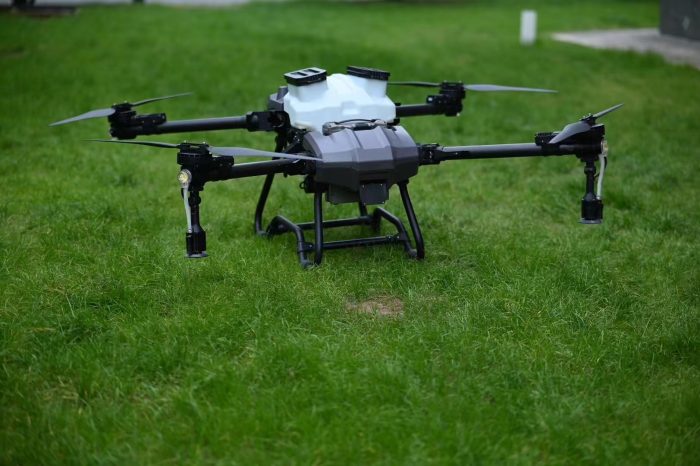
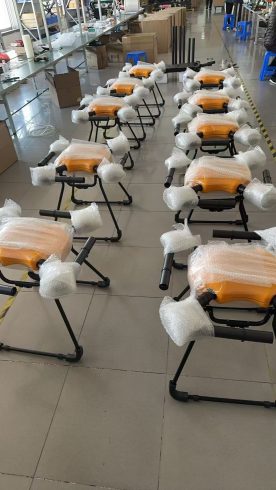
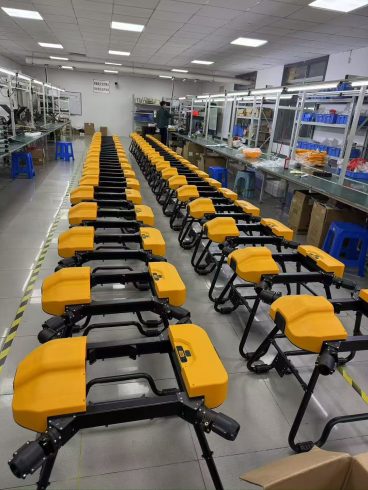


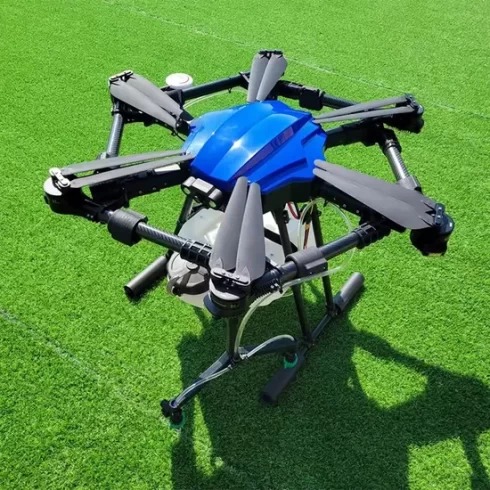

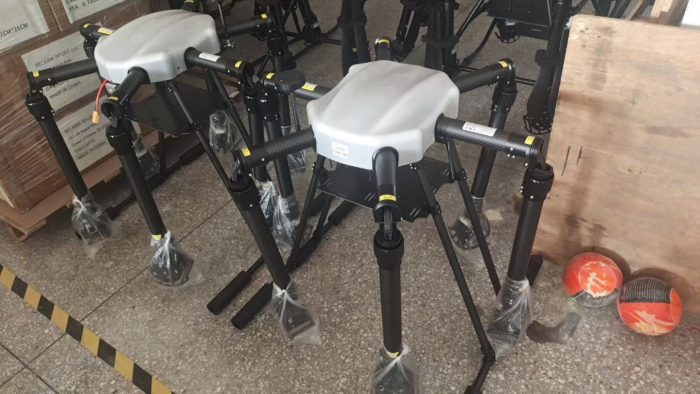

暂无评论内容